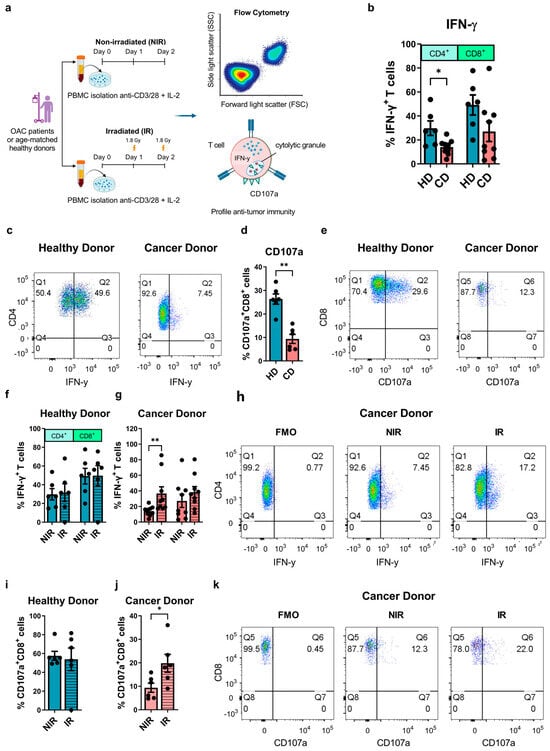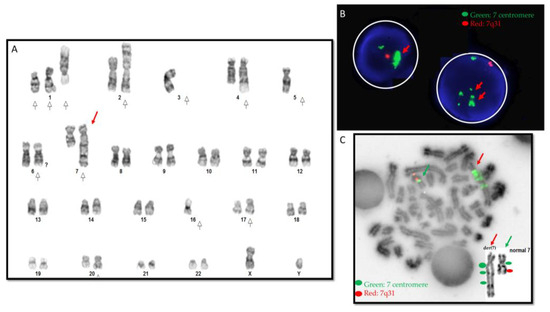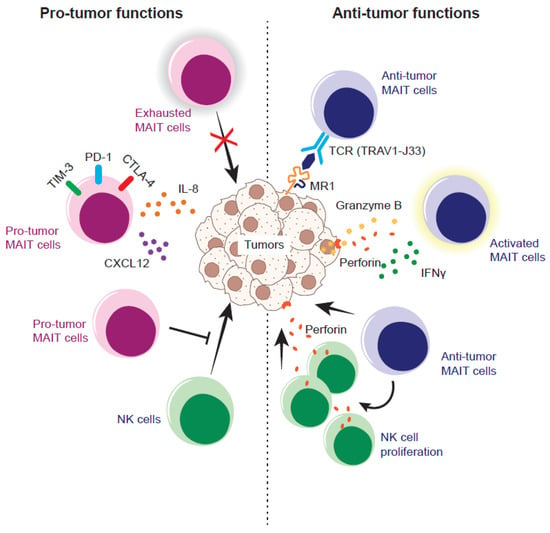Feature Papers in Cancer Biology and Therapeutics
A topical collection in Biomedicines (ISSN 2227-9059). This collection belongs to the section "Cancer Biology and Oncology".
Viewed by 4575Editor
2. Faculté de Pharmacie, 4 Avenue de l'Observatoire, 75006 Paris, France
Interests: interface between signal transduction and cancer with a focus on the alternative NF-kappaB signaling pathway, how it is regulated, and its contributions towards tumor development and resistance to conventional cancer therapies
Special Issues, Collections and Topics in MDPI journals
Topical Collection Information
Dear Colleagues,
The Topical Collection entitled “Feature Papers in Cancer Biology and Therapeutics” aims to collect high-quality research articles and review articles covering all the aspects of cancer biology research and innovative cancer therapies.
The topics include, but are not limited to, a fundamental understanding of biological processes underlying cancer initiation, progression, metastasis and resistance to treatment, cancer cell metabolism, tumor microenvironment, gene expression profiling, epigenetic regulation, oncogenetics, omics approaches, diagnostic and prognostic biomarkers, molecular targets, cancer drug development, clinical trials with new agents, and validation in animal models. We look forward to your submissions on the above-listed research areas of cancer biology and therapies.
Dr. Veronique Baud
Collection Editor
Manuscript Submission Information
Manuscripts should be submitted online at www.mdpi.com by registering and logging in to this website. Once you are registered, click here to go to the submission form. Manuscripts can be submitted until the deadline. All submissions that pass pre-check are peer-reviewed. Accepted papers will be published continuously in the journal (as soon as accepted) and will be listed together on the collection website. Research articles, review articles as well as short communications are invited. For planned papers, a title and short abstract (about 100 words) can be sent to the Editorial Office for announcement on this website.
Submitted manuscripts should not have been published previously, nor be under consideration for publication elsewhere (except conference proceedings papers). All manuscripts are thoroughly refereed through a single-blind peer-review process. A guide for authors and other relevant information for submission of manuscripts is available on the Instructions for Authors page. Biomedicines is an international peer-reviewed open access monthly journal published by MDPI.
Please visit the Instructions for Authors page before submitting a manuscript. The Article Processing Charge (APC) for publication in this open access journal is 2600 CHF (Swiss Francs). Submitted papers should be well formatted and use good English. Authors may use MDPI's English editing service prior to publication or during author revisions.
Keywords
- molecular and cellular basis of cancer
- metastasis
- resistance to treatment
- cancer metabolism
- stress responses
- tumor microenvironment
- cancer genome
- precision oncology
- cancer related to:
- cell death
- cell growth
- invasion
- gene expression profiling
- metabolomics
- epigenetics
- oncogenomics
- biomarkers
- molecular targets
- cancer-targeted diagnosis
- cancer-targeted therapeutics
- innovative anti-cancer therapies
- mechanism-based drug development
- drug discovery
- clinical trials
- animal models









